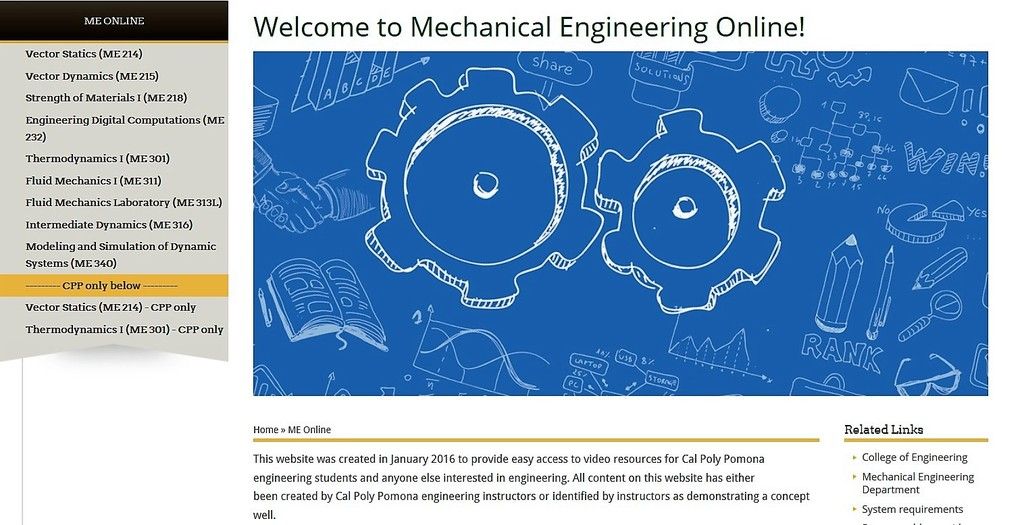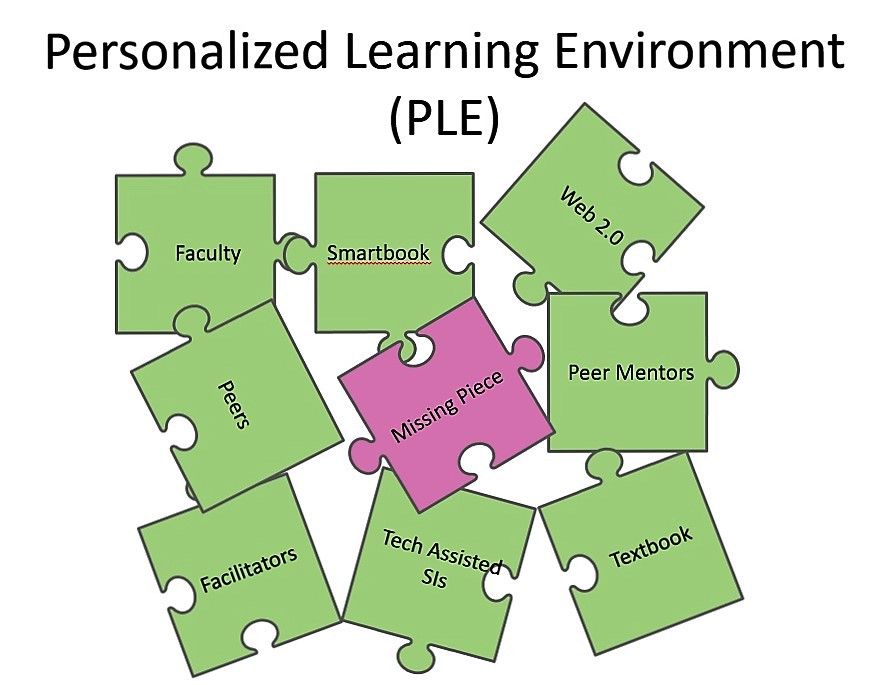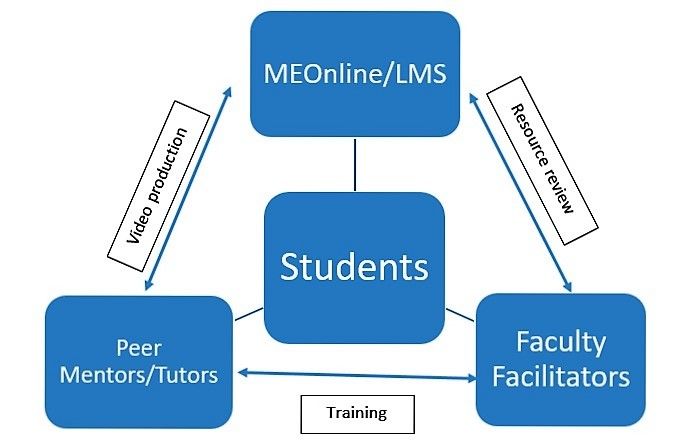STEM students require solid understanding of fundamental concepts, plus the ability to apply that knowledge creatively. Our conversation centers around the design and development of an adaptive, personalized learning environment that will enable each student to identify their conceptual deficiencies and address them in a guided, self-paced, engaging virtual environment.
STEM students require not only clear understanding of basic math and science concepts, but also the ability to apply them in later, higher-level courses. Successive courses often review this material briefly in class or ask students to review on their own, but the correct specific deficiencies for each student are often not identified. Lack of understanding of the fundamentals results in poor student performance in subsequent courses, contributing to low retention and graduation rates.
At the same time, engineering curricula have become more intensive, requiring students to spend more time outside of class for each subject. Pressures to reduce units to degree have decreased opportunities for review and reinforcement of foundational concepts. In addition, many CPP students work during the week, limiting the student's ability to seek help during regular school hours. These factors contribute to a high number of students repeating key engineering bottleneck courses that are the gateways to upper-division work, thus delaying graduation. To improve students’ success, the Mechanical Engineering(ME) Department and the Electrical and Computer Engineering (ECE) Department have used technology to successfully redesign our top bottleneck courses with support from the CSU’s Chancellor’s Course Redesign with Technology grants and internal institutional grants.
Early work in both departments independently identified that students strongly desire video resources for individual study both within a particular class and for later review. The ECE department developed a variety of online resources including animated voice-over slide presentations, sets of worked example problems, interactive tutorials and videos of an instructor writing out and explaining the solution. Both departments determined that the resources should not be limited to students registered in a particular class, as is typical when using a learning management system. As a result, MEOnline (www.cpp.edu/meonline) was born, which serves as a web-entry point for nearly 300 topic-based videos hosted on Youtube and ECEOnline is in developmentThe MEOnline videos include short lectures, lecture series (an entire quarter's lectures from a top-rated professor), demonstrations, derivations, concepts, and homework examples. With the exception of the videos in the lecture series, all of the videos are topic-based, with most of them being 3-6 minutes long. These videos are currently organized by course to assist our students to find them. However, they are available to everyone who has a link to the website. MEOnline was launched in late April of 2016. At the time of launch, it had approximately 1000 subscribers and about 300,000 hits. As of October of 2016, approximately 6 months later, it has over 3000 subscribers with close to 1 million hits.

The student learning environment has undergone a great change within the last ten years. The predominant source of knowledge is no longer an instructor lecturing in a classroom with textbooks as a study aid. Instead, students can learn from their own Personalized Learning Environment (PLE), which consists of multiple medias to deliver content (videos, simulations, animations, smartbooks, textbooks), multiple delivery platforms (different LMS, publisher’s resources, the web, instructors, tutors) and their own personalized network (social media, peer mentors, blogs, IMs, etc). The advantage is that the students can easily follow a self-customized learning path. However, it is also very easy to become confused and unfocused trying to self-navigate through the myriad of maze-like learning resources not all of which are of equal value. It is thus important to assist students in finding the best resources so that they can become self-regulated, and thus become successful in designing their own learning path.

One of the most common learning activities for today’s students is to search for information on the web to learn, and the most popular format is videos. Websites such as the Khan Academy and/or Youtube have now become a “classroom” outside of physical classrooms. As mentioned previously, this process of “googling for lecture videos” is often random and confusing for students. Another reason for the creation of MEOnline, is to provide vetted topic-based video contents from familiar and trusted faculty members. Even though the videos are organized by course currently, we are working with our campus web-team to develop a 2nd website that uses a concept map because research shows that concept mapping (relationships between concepts in graphical form) facilitates student learning. MEOnline will serve as an important first step leading to the design and construction of an adaptive PLE for our students. Currently, faculty members within the CPP STEM community are discussing and designing graphical concept maps, assessment tools, and development of web-based learning modules to provide resources for students to self-identify deficiencies and to help “navigate” them through their own PLE.
In addition to online resources, today’s students often seek help among their peers through their own social networks. To take advantage of the resources on MEOnline and the students’ desire for video learning resources, the ME department is collaborating with the AVP of Student Success, Dr. Terri Gomez, and Director Lily Gossage of the Maximizing Engineering Potential (MEP) program to pilot a technology-assisted Peer-Mentor program. As shown in the figure below, MEonline will serve as the technology backbone to provide video resources for bottleneck courses. Faculty members will serve as gatekeepers to review resources being added to MEOnline, and will serve as facilitators/trainers for peer mentors/tutors to share best practices. Peer mentors/tutors will interact directly with students, outside faculty office hours, to assist students to become successful. At the same time, the peer mentors/tutors will also produce video resources they think useful for students. The resources will be reviewed by faculty mentors, captioned and then uploaded to MEOnine.

To accommodate students with different needs, students will be able to access the learning resources multiple ways:
· Through MEOnline, for students who are successful in self-regulation
· Through MEP’s physical learning center, where students will be meeting peer-mentors face-to-face.
· Hybrid mode: where students can “meet” peer-mentors through Zoom where they can interact online, and the activities can be recorded with screen-capturing software/hardware.
MEP and faculty facilitators will develop “best-practices” workshops for the peer-mentors, prior to meeting the students. Periodic reviews and updated training sessions will be developed and required for both faculty facilitators and peer-mentors.
The textbook and learning tools associated with the textbooks are also important resources in the student’s PLE. In a pilot study conducted Fall 2015 to Spring 2016 with collaboration between the Mechanical Engineering Department and the Sociology and Psychology Department, key faculty members within the ME department implemented a series of new learning strategies, including a web-based integrated text/studyguide/homework platform supplied by a publisher and a flipped model in which class time focused on examples. The faculty members in Sociology/Psychology collected the data, performed the assessment and analyzed the results. In addition to studying student success in the course, multiple socio-emotional variables and cognitive belief variables were also measured. Focus groups were used to obtain direct student input. Overall, relatively few Ds and Fs were earned by students in the experimental group, compared to the control group. Impact on certain target groups was investigated as well. Specifically, some analyses were conducted among women and men separately. There is some possibility that the intervention may have helped certain groups such as men but not women.
Another important finding from this pilot study shows that the nontraditional teaching style does appear to have a statistically significant impact on student success. In terms of sociocultural variables, no clear pattern emerged between the experimental and control group across quarters. A relationship was demonstrated in Fall between comfort and knowledge retention (Fall 2016- Control Group). During Winter, students in the experimental group reported having a more positive experience in the course on a number of measures. (This is noteworthy because it suggests Winter experimental students experienced some benefits, albeit not improved performance, from the treatment.) In the Spring, the experimental group reported a statistical difference in perceived usefulness of the course. In focus groups, students reported positive responses to the Spring intervention, and students in previous quarters indicated a desire for more in-class examples (the Spring intervention). Students had mixed reactions to the use of technology, finding it to be useful, but expensive.
During the session, the presenters will present:
· How we engaged our faculty to redesign our courses using technology.
· How we leveraged the results from the course redesign to take our first step towards the design and creation of an adaptive PLE for our students.
· The current results of our pilot projects
The presenters will involve the audience in the discussion of:
· What are the next steps toward an adaptive virtual PLE? What will it look like? What resources will it take?
· What are some additional pilot programs we can experiment with?
· How can we collaborate with one another to co-design and co-create?
